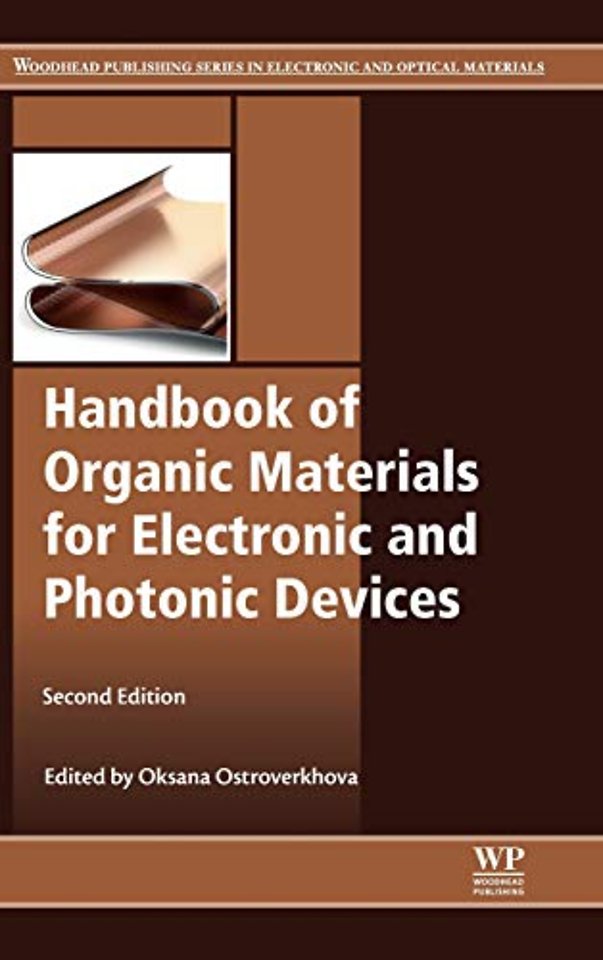<p>Part 1: Materials<br>1. Organic materials for (opto)electronic applications: overview<br>2. Key trends in sustainable approaches to the synthesis of semiconducting polymers<br>3. Functional Blends of Organic Materials for Optoelectronic Applications<br>4. Organic photonic nanostructures<br>5. Molecular engineering of organic and organometallic second-order non-linear optical materials<br>6. Molecular crystals and thin films for photonic applications<br>7. Hybrid Perovskites for Device Applications</p> <p>Part 2: Mechanisms<br>8. Frenkel Exciton Dynamics. A Theoretical Perspective<br>9. Strong light-matter interactions and exciton-polaritons in organic materials<br>10. Advances in modeling the physics of disordered organic electronic devices<br>11. Doping in organic semiconductors<br>12. Spintronics and magnetic field effects in organic materials and devices<br>13. Doping and processing of organic semiconductors for plastic thermoelectrics</p> <p>Part 3: Characterization, structure-property relationships, processing, and stability<br>14. Conductivity measurements of organic materials using field-effect transistors (FETs) and space-charge-limited current (SCLC) techniques<br>15. Organic Thin Films Microstructure Characterization<br>16. Surface Enhanced Raman Scattering (SERS) as a Characterization Method for Metal-Organic Interactions<br>17. Advances in solution processing of organic materials for devices<br>18. Advances in device fabrication scale-up methods<br>19. Device stability in organic optoelectronics</p> <p>Part 4: Applications<br>20. Organic photovoltaics: device physics<br>21. Organic light-emitting diodes<br>22. Materials and physics of light-emitting electrochemical cells<br>23. Vertical organic transistors<br>24. Vapor sensing using organic, polymer, and nanomaterial field-effect transistors<br>25. Processing and patterning of conducting polymers for flexible, stretchable and biomedical Electronics<br>26. Organic electronic memory devices</p>

